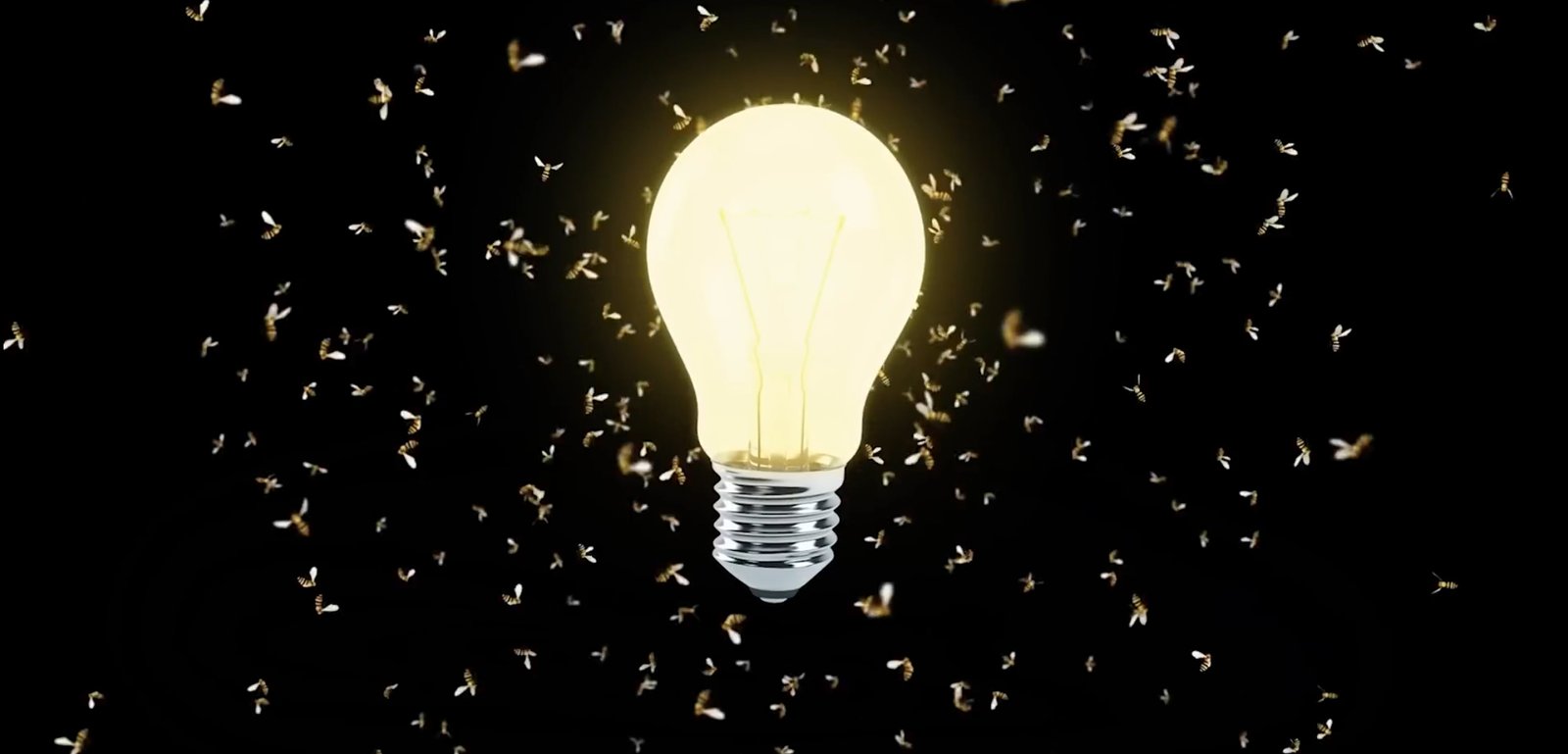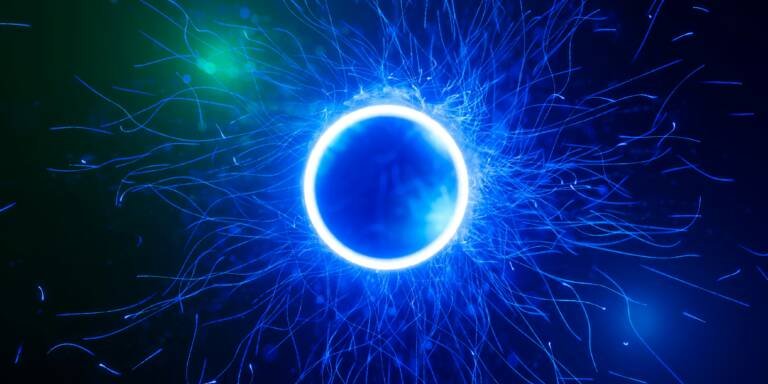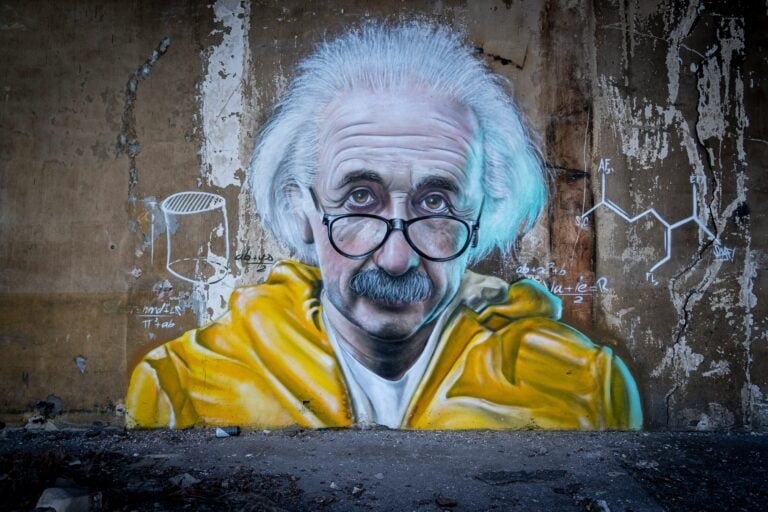why are insects attracted to light
You must have seen such incidents around you where insects keep roaming around a light source many times. But have you ever thought about why insects are attracted to artificial lights like bulbs or tube lights? Why do they start roaming around them? why are insects attracted to light ?

Your parents and grandparents might have given different reasons for this, such as insects mistaking artificial lights for the sun or moon and seeking heat from them. You might have heard many such explanations, but guess what? Recently, an international team of scientists led by Samuel Fabian, a Research Associate in the Department of Bio-Engineering at Imperial College London, has provided a surprising reason for this phenomenon. I am sure that after listening to this analysis, you will understand the plight of these poor insects because it is not their fault that they are trapped in this cycle.
Exploring Traditional Beliefs and Scientific Insights
First of all, let us recap what our previous articles said about this phenomenon. Imagine being trapped in a cave surrounded by darkness; how would you escape? If you see light somewhere, you will instinctively run towards it. Similarly, flying insects think that artificial lights are the sun or the moon, leading them to fly towards them in circular motions.
Challenging Conventional Theories: The Role of Heat
Some people believe that flying insects like moths use the moonlight for navigation and move towards artificial lights in the same direction. However, this claim doesn’t hold as these insects don’t fly towards the moon itself. Another theory suggests that insects are attracted to the heat emitted by light sources because they are cold-blooded and unable to generate heat on their own.
The Rise of LED Lights and Puzzling Insect Behavior

However, this theory was debunked when LED lights became popular. LED lights don’t emit much heat, yet insects are still attracted to them. Finally, scientists have proposed a new theory explaining that insects circle around light sources because of the Door-to-Light Response (DLR).
A New Theory Emerges: The Door-to-Light Response
The DLR is a mechanism developed in insects over millions of years of evolution. Their bodies automatically align with the light source to fly accurately. This response was initially adapted for natural sources like the sun and moon, but with the advent of artificial lights, insects get trapped in a loop, continuously circling the light source.
Understanding the Evolutionary Mechanism in Insects
This behavior leads to unfortunate consequences for the insects, as they may collide with the light source or die from exhaustion. Scientists have observed this phenomenon in various scenarios, confirming that it occurs regardless of the type of artificial light.
Navigating the Impact of Artificial Lights
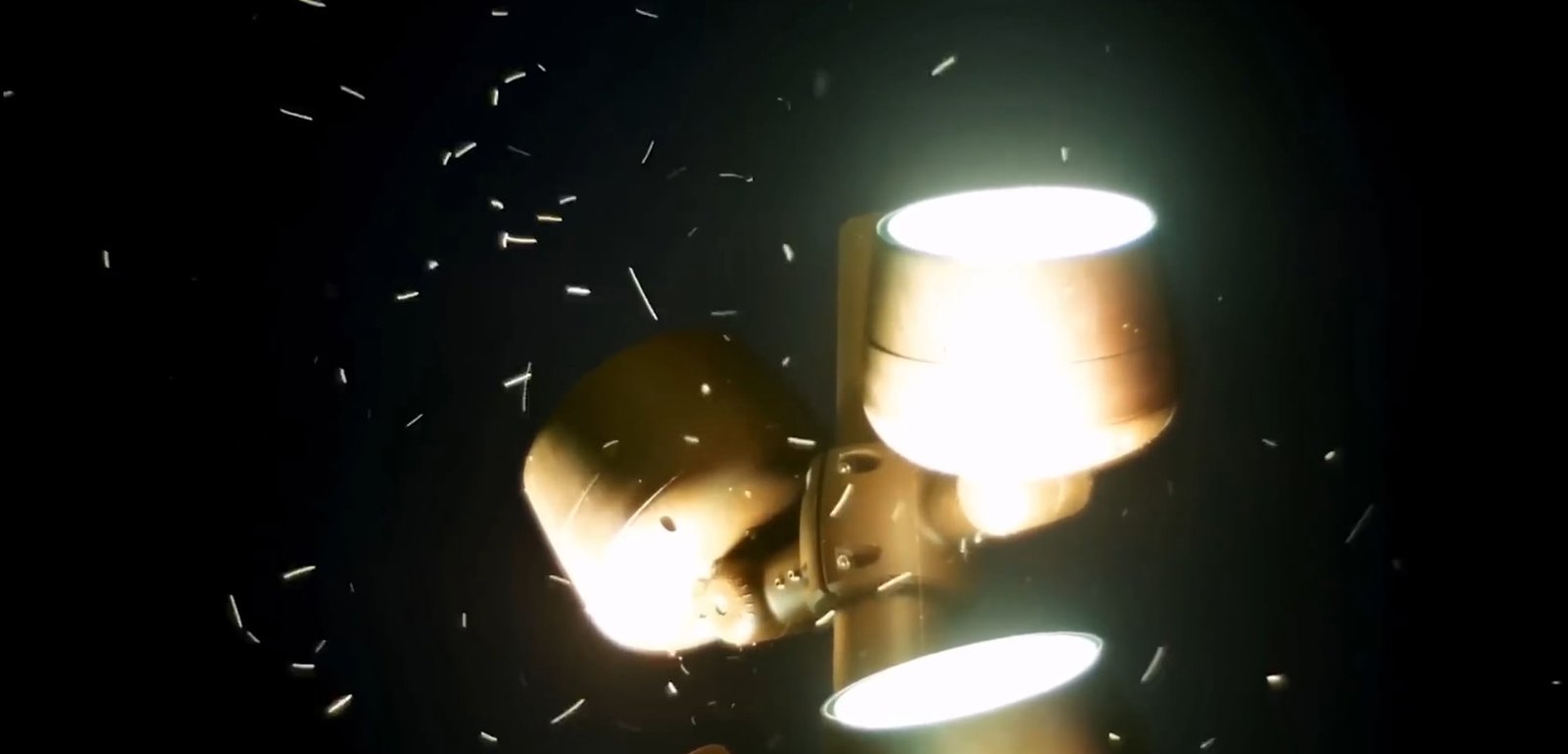
Furthermore, it was found that insects face more difficulties when the light source is mounted upwards, trapping them for longer periods. However, down-facing lights trap fewer insects, although they may cause them to fly inverted.
Seeking Solutions for Insect Conservation
Now that we understand how artificial lights affect insects, we must consider solutions to mitigate their impact. Reducing the number of sky-facing lights and developing insect-friendly lighting solutions could help preserve insect populations.
Innovative Approaches to Protecting Insect Populations
Insects are crucial for pollination and maintaining ecological balance. Their decline could disrupt the food cycle, affecting humans and ecosystems alike. Therefore, finding solutions to protect insects is imperative for our survival.
Concluding Remarks: Towards a Sustainable Future
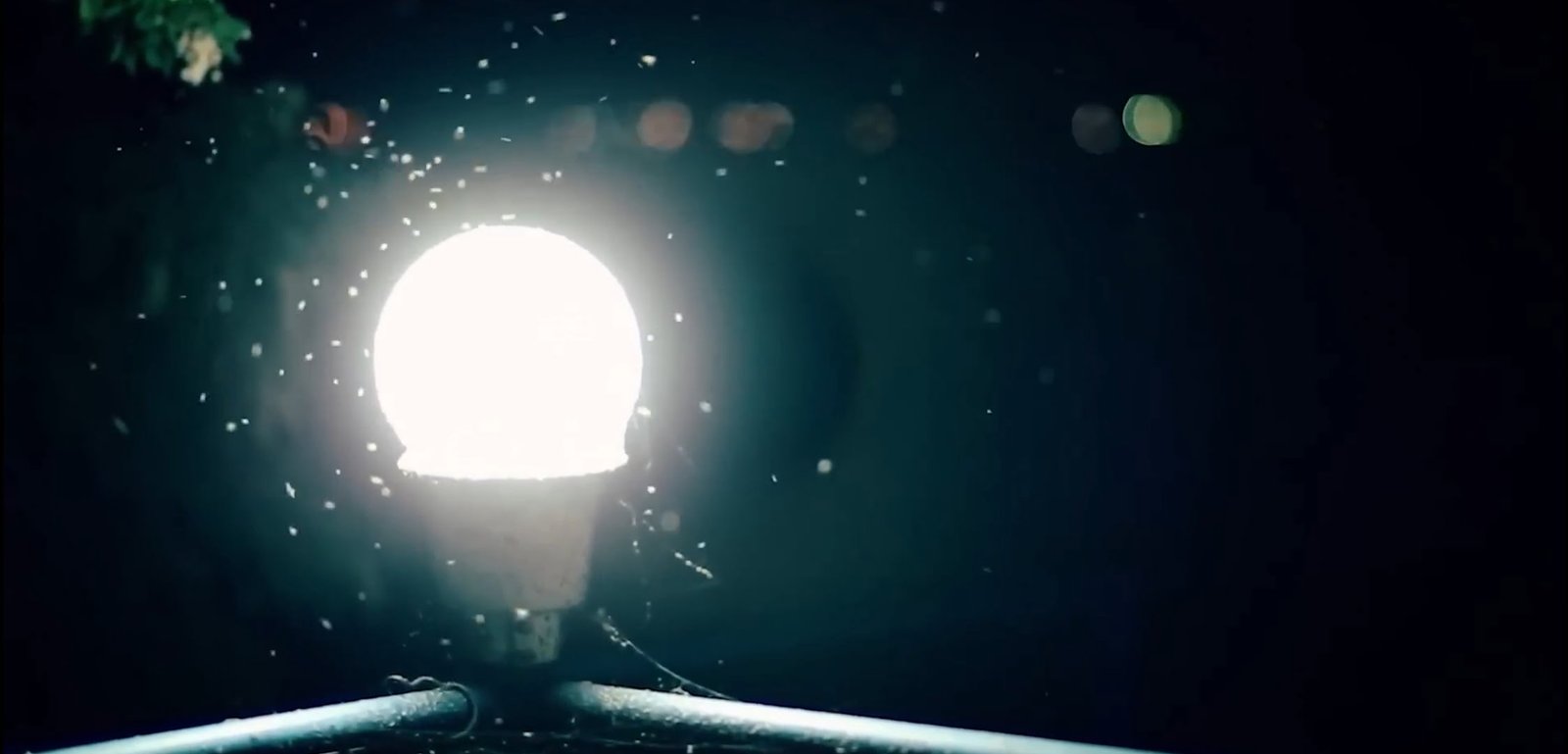
If you have any ideas on how to address this issue, please share them in the comments below. I have noticed that some shopkeepers and stall owners use neem leaves to deter insects from light sources. Perhaps we can explore similar methods to protect insects without compromising our need for illumination.
In conclusion, it’s essential to recognize the unintended consequences of our actions on the environment and take steps to minimize harm. Together, we can create a more sustainable future for all living beings on Earth.
If you Liked this article Consider follow us on Twitter
